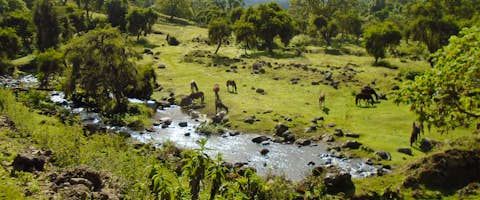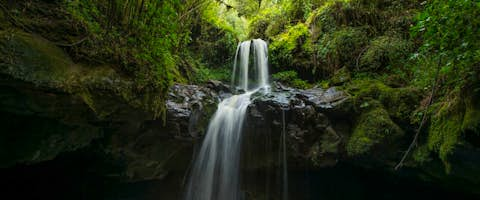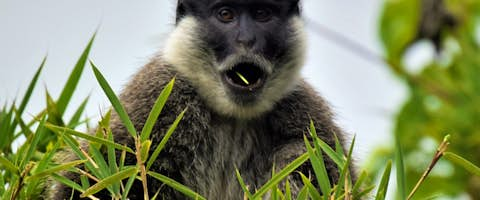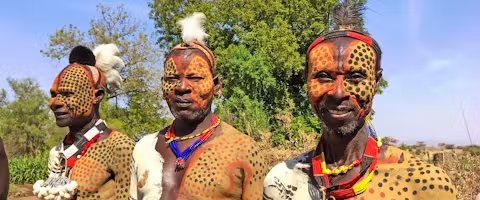Ecology
One of the five distinctive habitats of the Bale Mountains National Park, the grasslands sit at the highest altitude region in the park.
At an altitude of 3,000m to 3,500m, the thin air and lack of moisture means, unlike the woodlands that dominate much of the park, these grasslands cannot support trees.
Despite this, the grasslands support a plethora of life as diverse as the landscape around the grasslands.
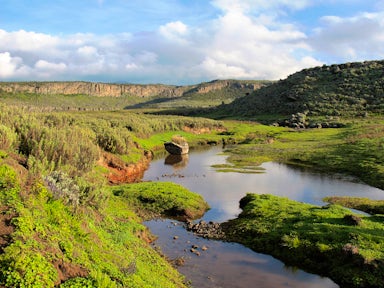
Day 4 of the bale trek
Bale Mountains National Park Map

Wildlife and Plants
Thanks to its high altitude, the grasslands are home to a range of indigenous flora and fauna that have adapted to living in these conditions.
Reclusive Nyalas are known to congregate on the cliff faces, using the land for grazing and raising their young. Seen in groups of up to 50, the grasslands are a great place to see some of the rarest animals on the planet.
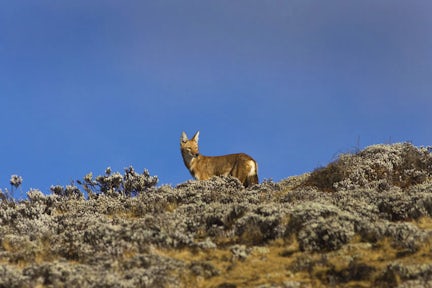
The Ethiopian Wolf is best found in Bale
Visiting the Gaysay Grasslands
Encircled by clusters of dark green trees and sloping hills, the grasslands are intersected by the Dodola Road, the end of a highway that leads visitors out of the park.
The area is best viewed during Ethiopia’s dry season, between the November and February, when the average daytime temperature is around 20 degrees Celsius.
Throughout the rest of the year, the rains can render many of the routes impassable.
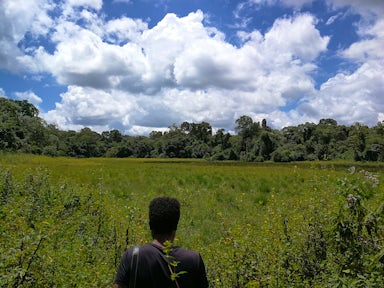
Trekking through the Harenna Forest

Brilliant says
Regardless what time of year you choose to visit, night-time temperatures often plunge well below zero, meaning warm clothing is a must when visiting the grasslands.
Popular Trips to the Bale Mountains
Ready to plan your Ethiopia adventure?
Listen
We'll spend some time listening to your aspirations, then discuss the kind of experience that might suit you.
Match
Next we'll discuss the options, shortlist the best trips for you and present you our impartial recommendations.
Reserve
We'll place a 24 hour hold on your preferred option - without obligation - whilst we talk through the details.
Whatever your budget, group size, length of stay, preferred activity or appetite for adventure, we can help.
+1 315 645 2889


